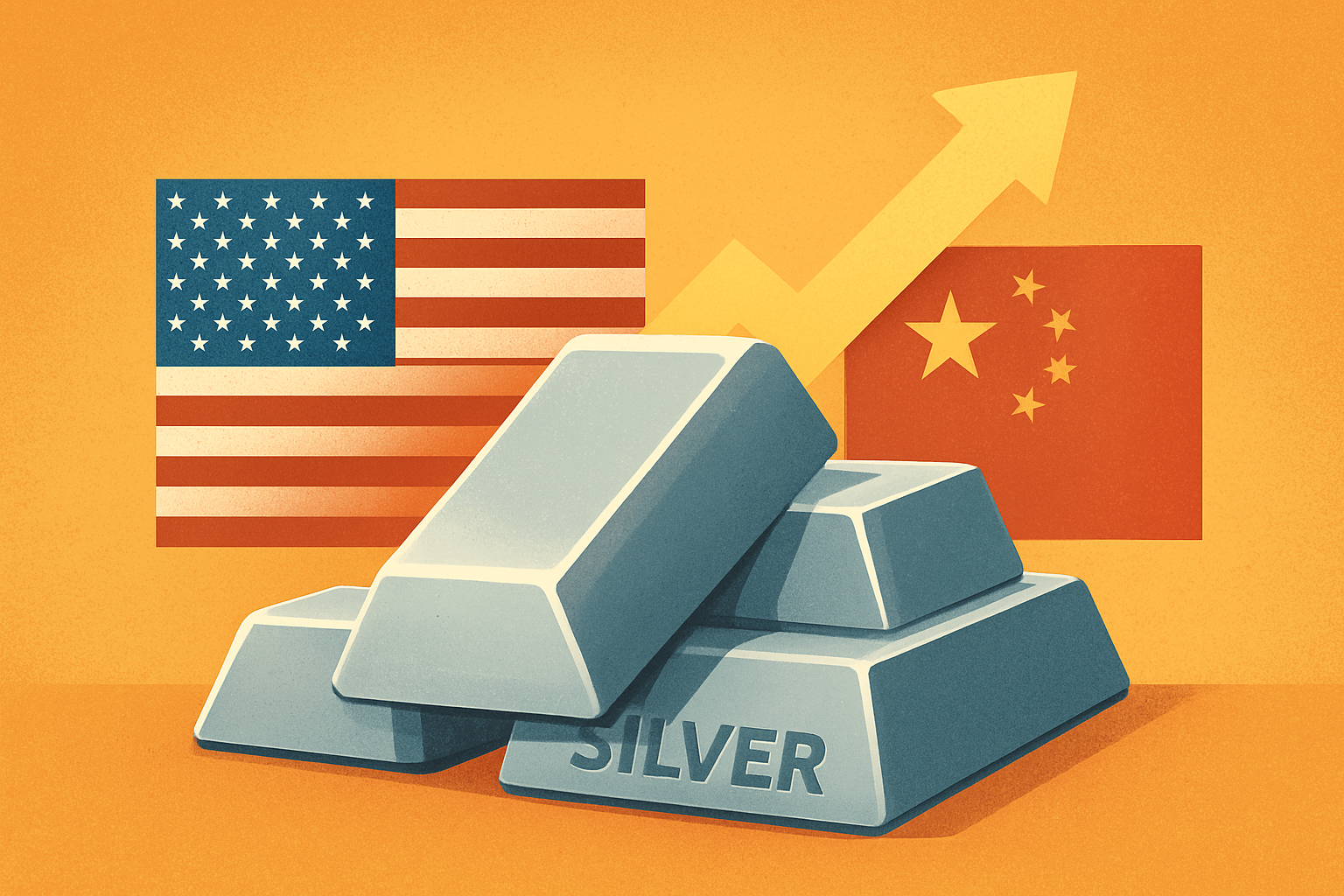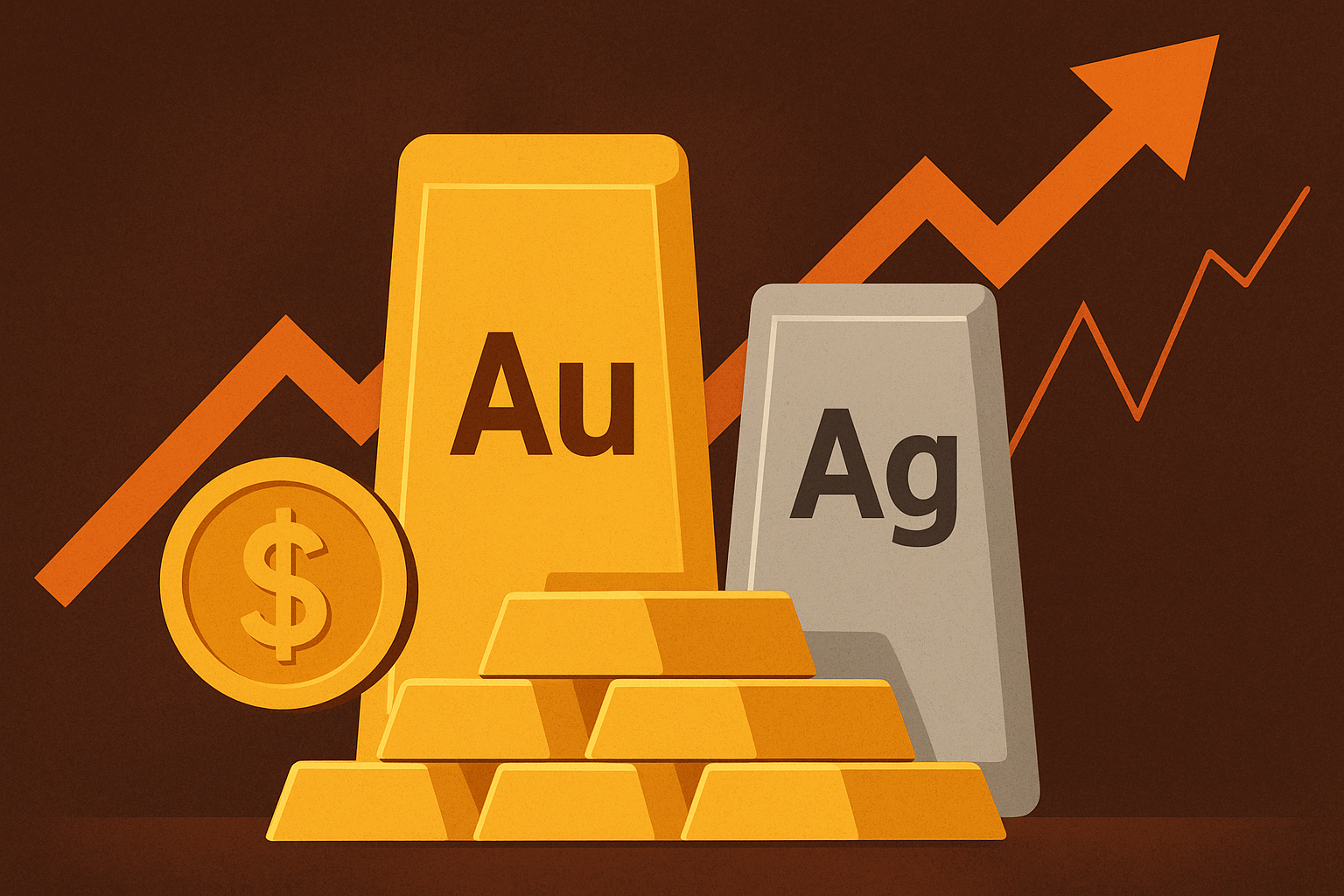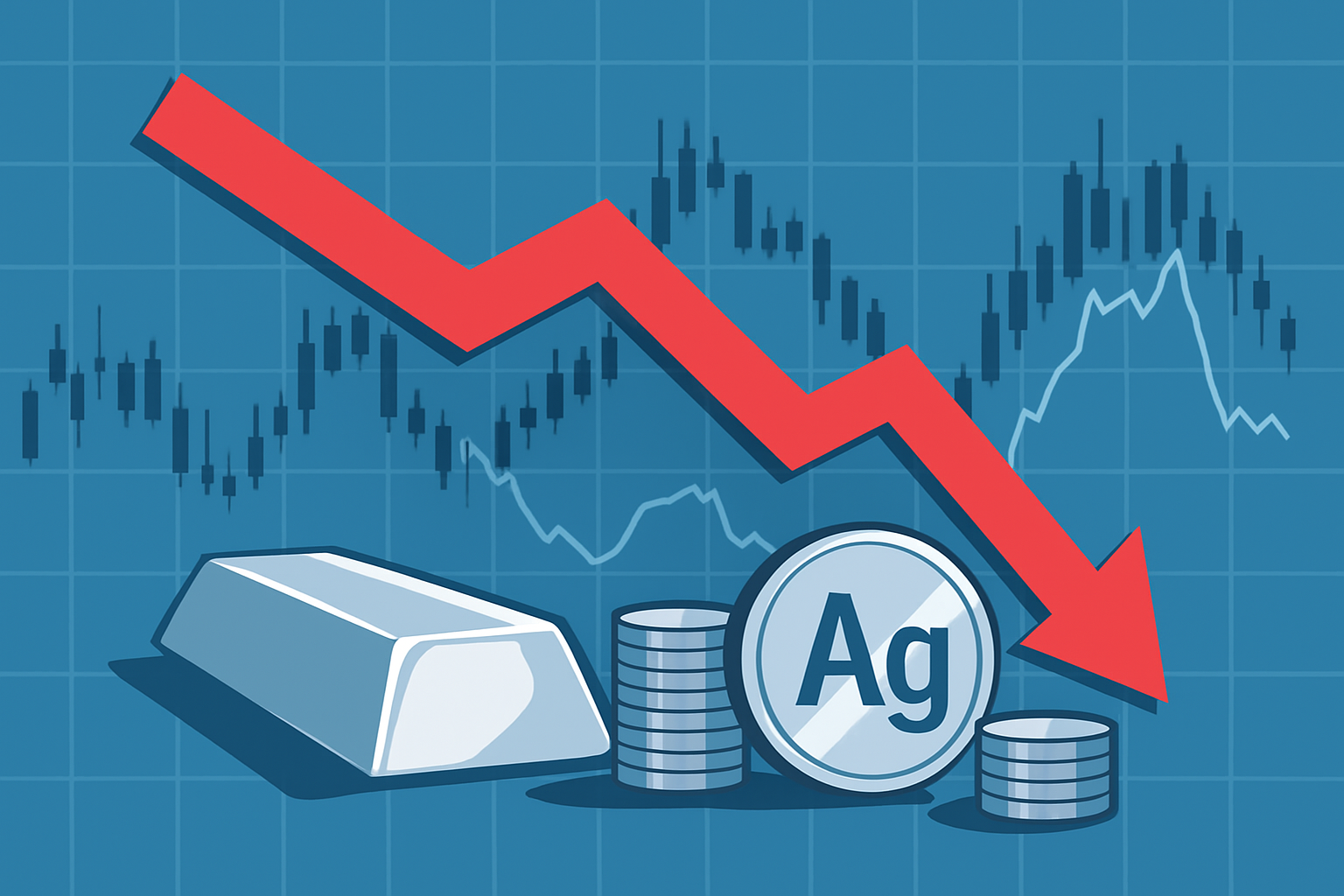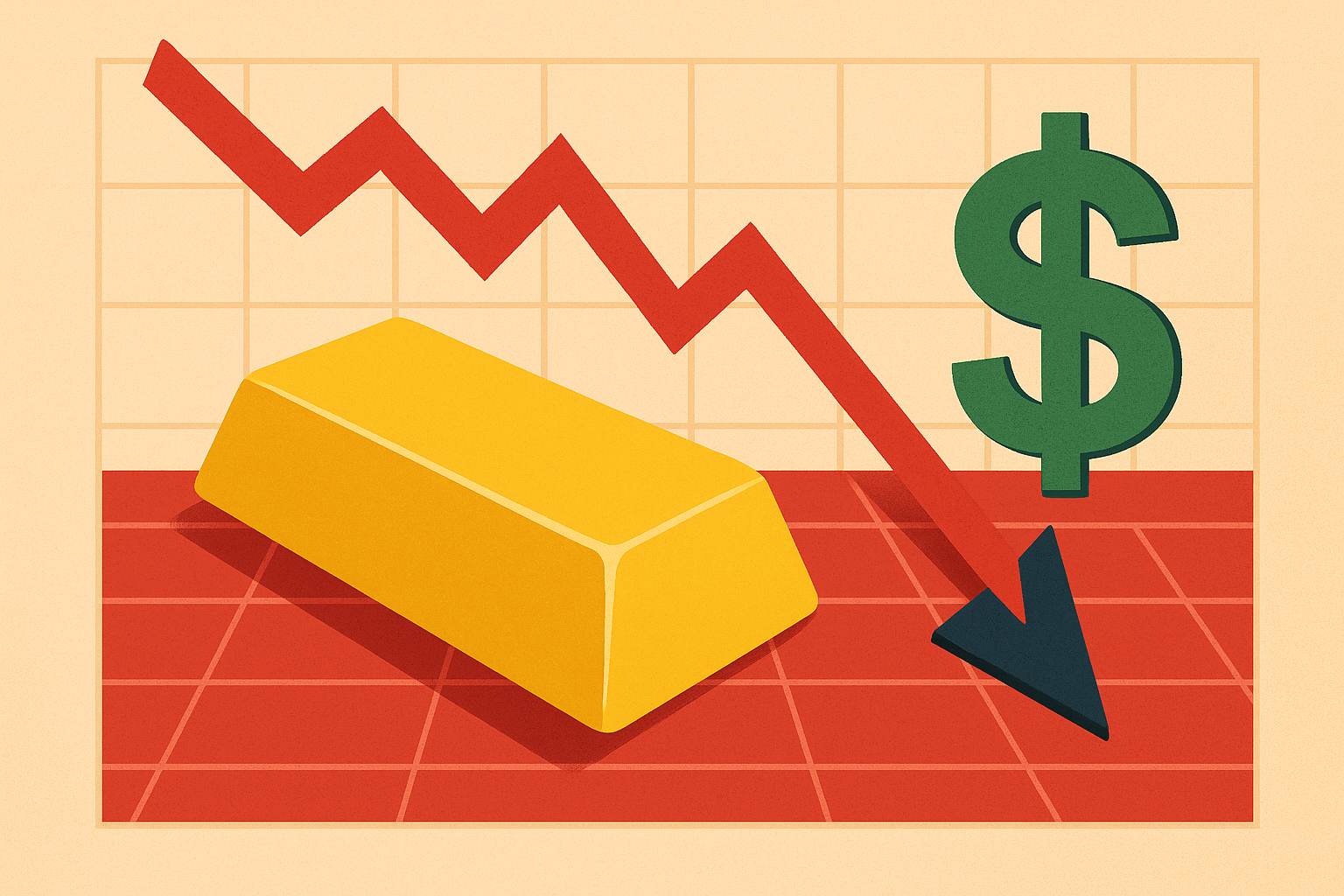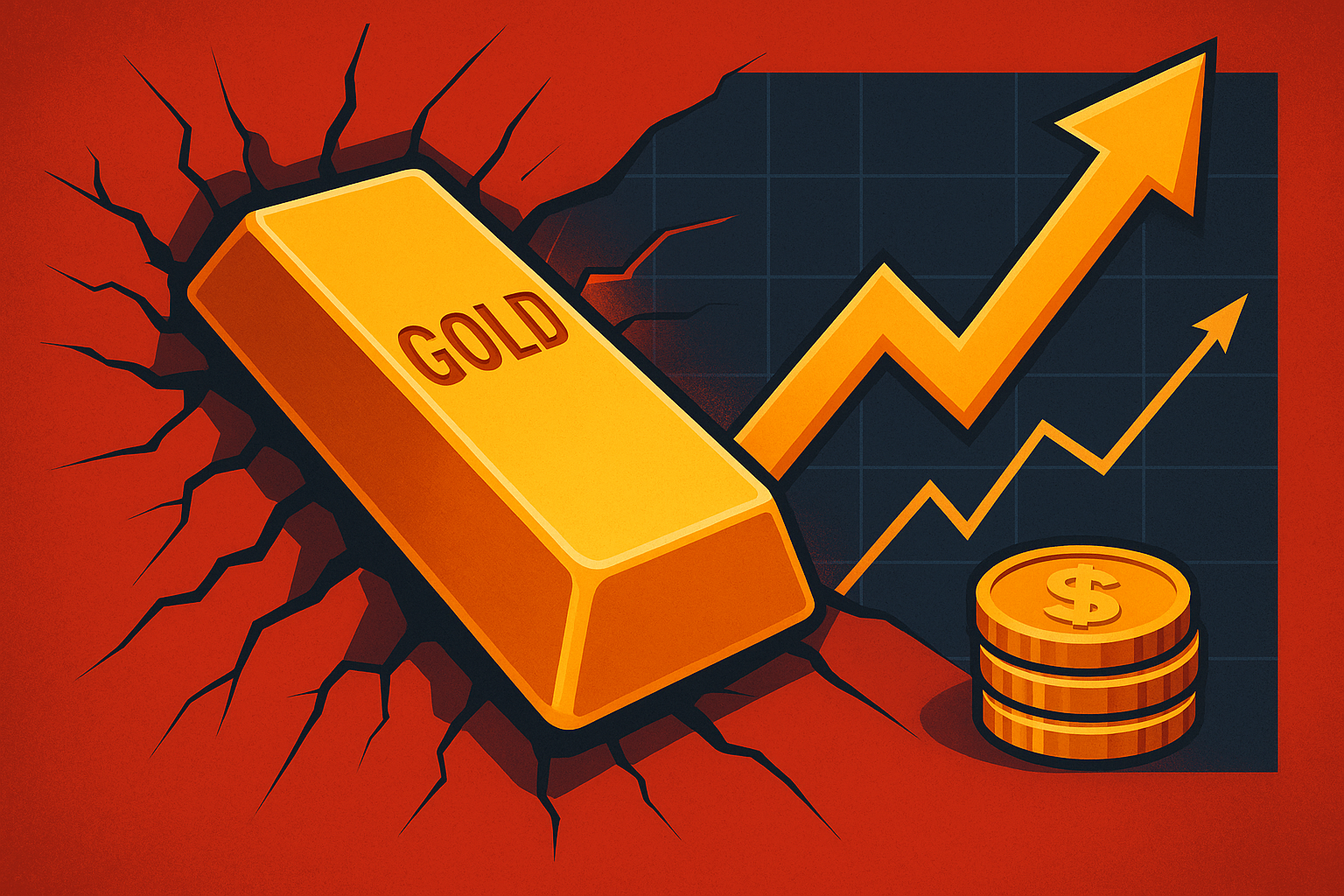For much of the past quarter, silver markets have been dominated by one headline theme — a liquidity squeeze in London’s physical silver market that pushed spot prices to record premiums over U.S. futures. But according to a Reuters report released today, that tension is finally showing signs of relief.
Recent large-scale shipments — estimated between 15–20 million ounces from the United States and additional tonnage sourced from China’s export channels — have begun flowing into London vaults, helping to alleviate one of the tightest supply pinches in years.
While the move has stabilized short-term pricing dislocations, it also signals a shift in sentiment for investors who have benefited from silver’s rapid rally over recent months.
London’s Physical Market Pressure Eases
Throughout much of 2025, traders in London’s over-the-counter (OTC) silver market reported challenges in securing physical bars amid strong investment and industrial demand.
The imbalance was severe enough to push spot silver prices in London to a premium against COMEX futures in New York, a rare inversion that reflected limited deliverable supply.
That dynamic, however, has now eased. Data compiled by Reuters and London Bullion Market Association (LBMA) sources confirm that inventory replenishment is occurring as the inflow of physical metal increases.
Traders suggest that the recent shipments — which include refabricated bullion and reallocated institutional holdings — have narrowed the arbitrage gap, cooling speculative premiums.
Why This Matters for Investors
Silver’s dual identity — part precious metal, part industrial commodity — means that short-term supply adjustments can trigger significant price swings.
The recent easing in London’s tightness doesn’t necessarily imply weakness ahead; instead, it normalizes a previously overheated market.
For investors, this development underscores a recalibration of near-term momentum while maintaining the long-term bullish narrative supported by macroeconomic and industrial fundamentals:
- Industrial demand continues to expand, driven by solar photovoltaic installations, electronics, and EV production.
- Monetary policy uncertainty and geopolitical tension continue to bolster safe-haven flows, benefitting both silver and gold.
- Forecasts from multiple analysts, including Bloomberg Intelligence, still see gold potentially breaching US$5,000/oz by 2026, which historically supports correlated strength in silver.
However, in the short run, investors may want to avoid chasing short-term rallies and instead focus on accumulating quality mining equities and ETFs during periods of consolidation.
Market Perspective and Data Points
- Silver prices have rallied over 60% year-to-date, peaking above US$38/oz before correcting slightly amid the recent inventory normalization.
- London’s physical silver premium, which briefly touched $1.50–$2.00/oz earlier this month, has narrowed to under $0.40/oz, according to Reuters estimates.
- U.S. and Chinese trade data indicate the largest outbound silver shipments to the U.K. since 2021, suggesting coordinated market relief efforts from refiners and trading houses.
This rebalancing reflects renewed international liquidity flows, reinforcing London’s position as the world’s benchmark hub for physical silver trading.
Future Trends to Watch
Looking ahead, investors should monitor three key variables shaping the next leg of the precious metals trade:
- Global Inflation and Rate Trajectory:
The anticipated rate cuts by major central banks in 2026 could reignite investor demand for non-yielding assets like gold and silver. - Industrial Demand Resilience:
Silver’s exposure to green technologies and electrification remains one of its most compelling growth stories. - Geopolitical Factors:
Trade friction or export controls on silver and related by-products could again disrupt supply chains, particularly if Chinese exports slow.
Key Investment Insight
Silver’s price consolidation after an extreme premium phase represents a healthy reset rather than a reversal.
Investors seeking exposure should prioritize:
- Established producers with low-cost operations and stable output.
- Exploration-stage companies in politically stable jurisdictions with proximity to refining infrastructure.
- ETF vehicles offering diversified silver and gold exposure.
While speculative froth may ease, the broader precious metals narrative remains intact, supported by structural underinvestment in new mine supply and persistent macro uncertainty.
As gold continues to test new highs and silver stabilizes after a supply squeeze, both metals remain central to investor portfolios navigating inflation, geopolitical risk, and currency volatility.
Stay ahead of these developments with explorationstocks.com, your trusted source for daily insights on metals, mining, and market trends that matter most to investors.

